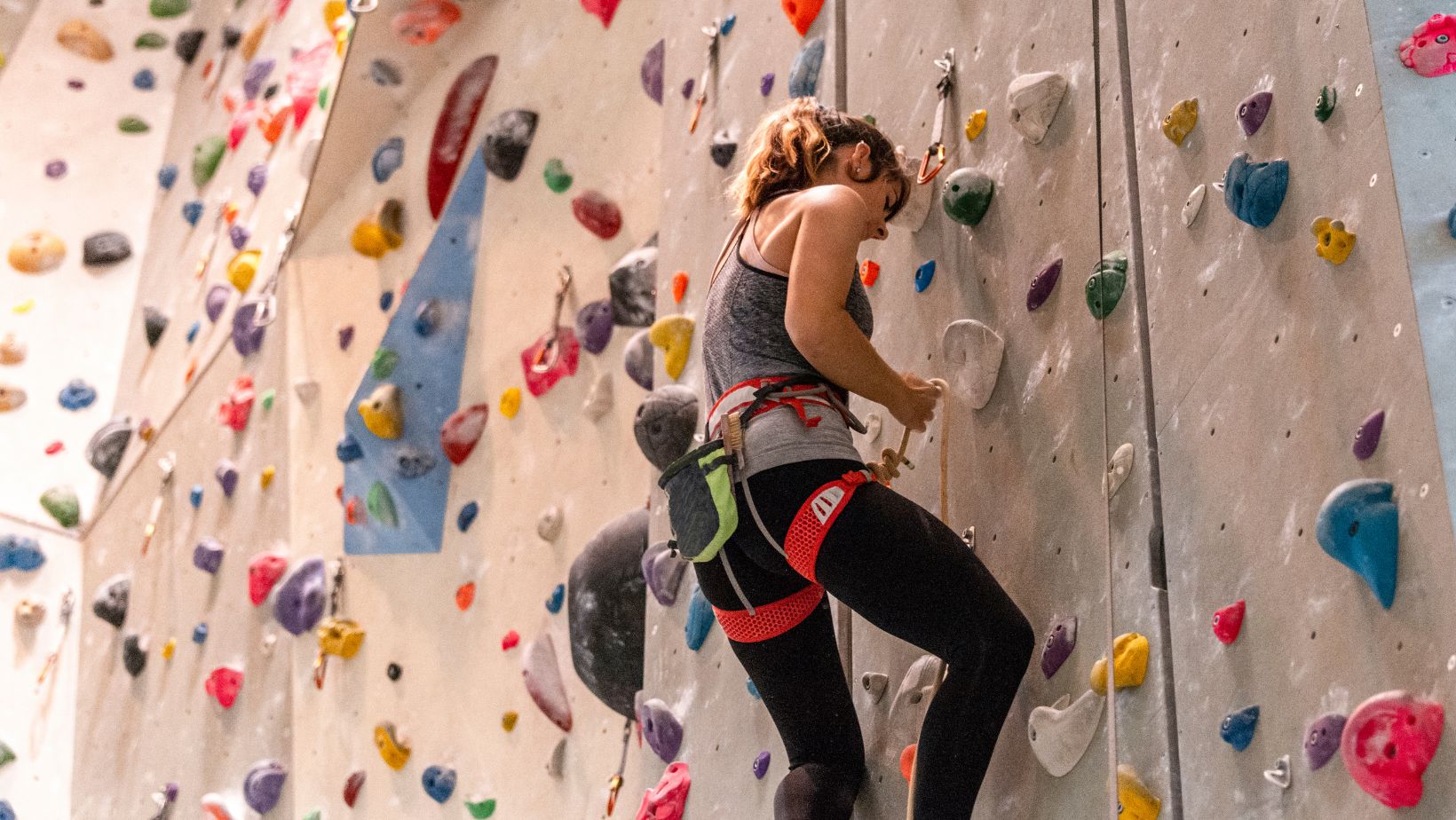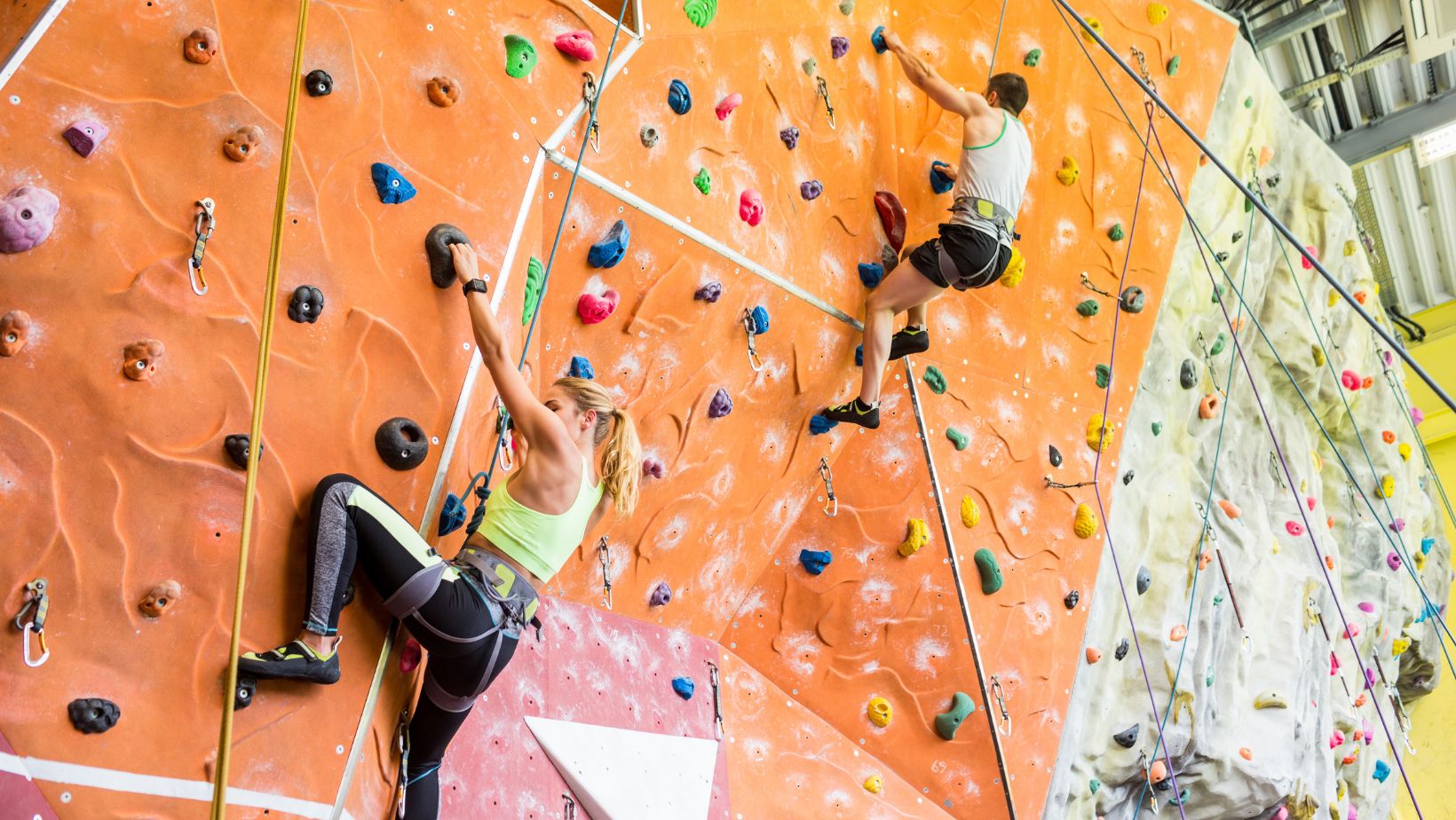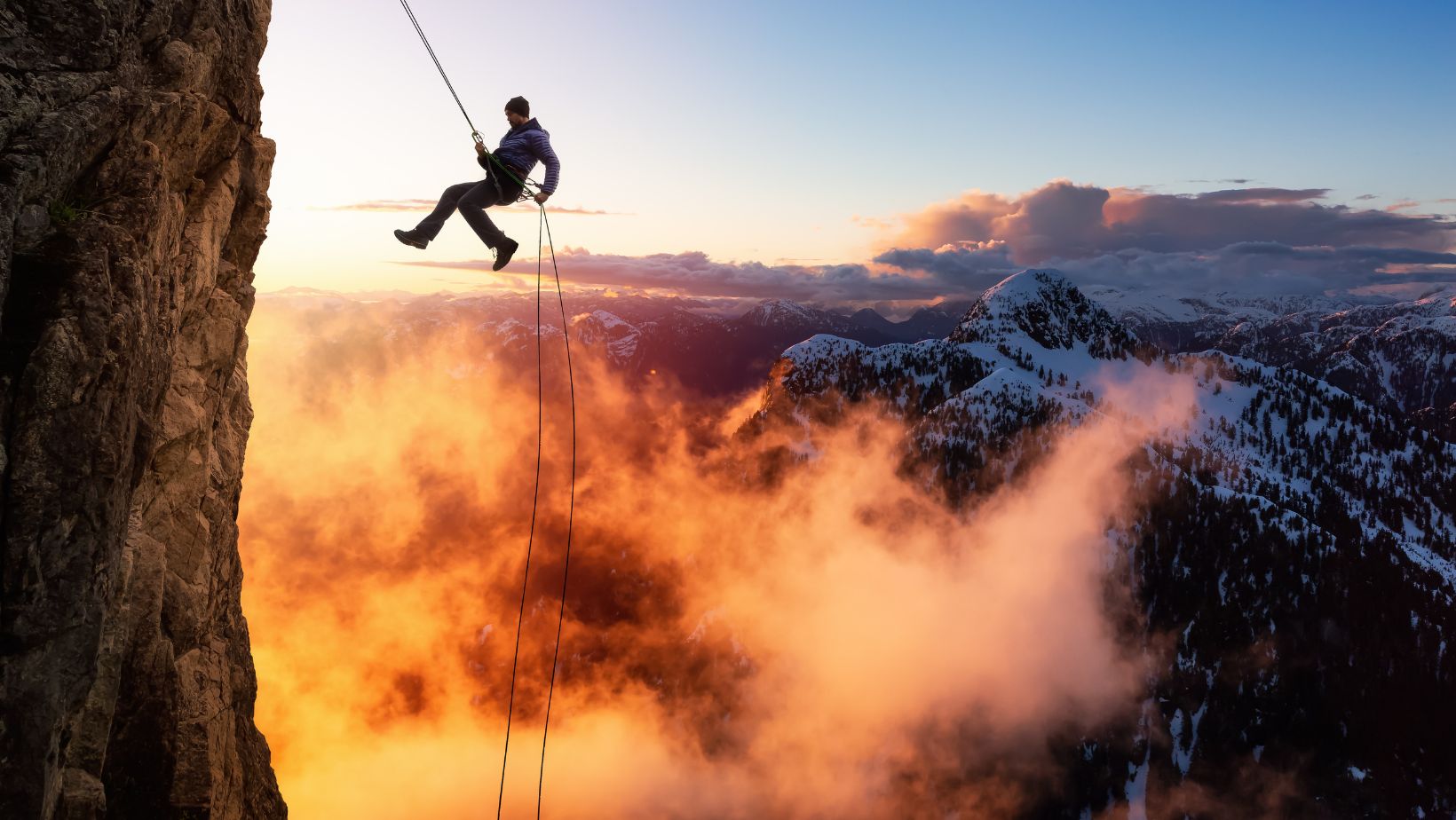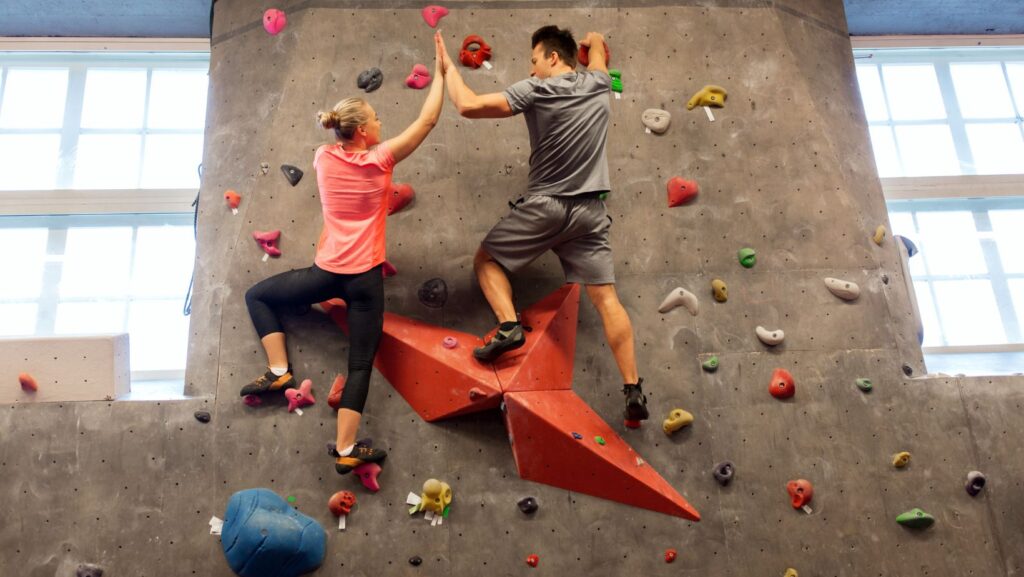
Climbing enthusiasts often find themselves at a crossroads, choosing between the raw allure of traditional climbing and the exhilarating precision of sport climbing. Each style offers a unique blend of challenges, rewards, and experiences, catering to different types of climbers and adventure seekers. Traditional climbing, or “trad” climbing, is revered for its emphasis on self-reliance and versatility. Climbers place their own protective gear as they ascend, navigating routes that demand a deep understanding of the rock and a high level of problem-solving skills.
On the flip side, sport climbing offers a more accessible entry point to the vertical world, with pre-placed bolts and fixed protection providing a focus on physical prowess and technique over gear management. This style has gained immense popularity for its ability to push climbers to their physical limits in a relatively controlled environment. As we delve into the nuances of traditional versus sport climbing, it’s clear that each discipline not only shapes the skills of the climber but also carves a unique path of adventure and self-discovery.
Traditional Vs Sport Climbing
Gear and Techniques

In the dynamic world of climbing, gear and techniques significantly distinguish traditional from sport climbing. In traditional (trad) climbing, climbers carry an array of gear such as nuts, hexes, and camming devices. They use this equipment to create temporary points of protection in cracks and crevices within the rock face. This method demands a deep understanding of rock types, crack sizes, and gear placement. Additionally, trad climbers must master the art of constructing solid anchors for belaying and rappelling.
Sport climbing, in contrast, relies on pre-placed bolts and fixed anchors drilled into the rock. Climbers need only quickdraws (two carabiners connected by a webbing loop) to clip into these bolts, significantly reducing the gear they carry.
Risk and Reward
The risk and reward intrinsic to traditional vs sport climbing reflect the philosophies central to each style. Trad climbing, with its requirement for climbers to place their own protection, introduces a higher element of risk. A climber’s ability to judge the integrity of rock, select appropriate gear, and place it correctly is vital for safety. This uncertainty adds a psychological challenge, making successful ascents deeply rewarding. Trad climbing not only tests physical capabilities but also hones problem-solving skills and mental fortitude.
Traditional vs Sport Climbing: Key Differences
Climbing Techniques and Styles

In the world of climbing, techniques and styles greatly differ between traditional (trad) and sport climbing. Trad climbing values the challenge of navigating routes with natural protection placements, emphasizing the climber’s ability to assess and manage risk. Climbers place gear such as nuts and camming devices into cracks and crevices as they ascend, removing them when the climb is complete. This method rewards ingenuity, problem-solving, and a deep knowledge of gear and rock types.
Sport climbing, in contrast, focuses on the physical aspect of climbing, allowing athletes to concentrate on executing difficult moves without the added concern of gear placement. Fixed bolts drilled into the rock serve as protection points, spaced closely enough to prevent dangerous falls. This style fosters a more dynamic and athletic climbing experience, with athletes often practicing specific routes repeatedly to achieve a clean ascent.
Safety and Gear Considerations
Safety and gear are paramount concerns in both trad and sport climbing, but each follows a different protocol. Trad climbing requires a comprehensive set of gear, including ropes, a harness, a belay device, and a variety of protection gear (cams, nuts) that climbers must skillfully place and remove as they go. The emphasis is on versatility and the climber’s judgment to ensure safety, making gear knowledge and risk assessment skills crucial.
Climbing Locations and Routes
The choice between trad and sport climbing often depends on the available climbing locations and the nature of the routes. Trad climbing thrives in natural, often remote outdoor environments where rock formations offer suitable cracks and ledges for placing gear. Iconic trad climbing destinations include Yosemite National Park in the United States and the Peak District in the United Kingdom, where climbers find a vast array of routes across different difficulty levels.

